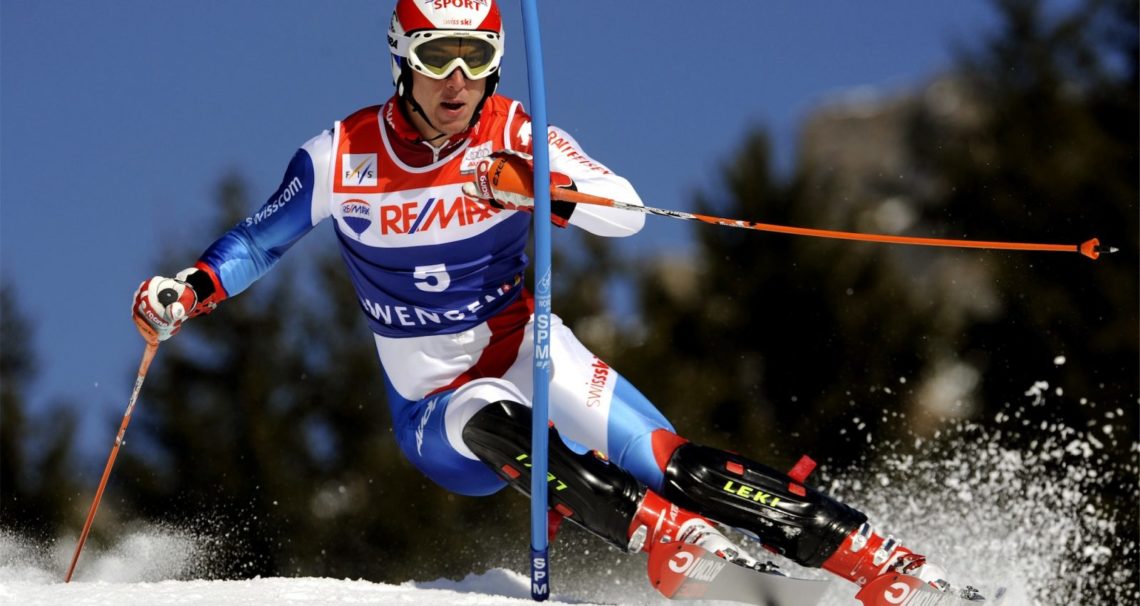
Climate change is threatening the Winter Olympics and the future of snow sports by making conditions much more dangerous to athletes and participants, finds a new report. Slippery Slopes: How Climate Change is threatening the 2022 Winter Olympics, hears from leading skiers, snowboarders and bobsledders on their fears for the future of snow sports as our climate changes. It is produced by the Sport Ecology Group, Loughborough University London, and Protect Our Winters.
Over 100 snow generators and 300 snow-making guns are working flat out to cover the ski slopes of the 2022 Winter Olympics in artificial snow ahead of the Games opening on Feb 4, with the Beijing Games set to be the first Winter Games on virtually 100% artificial snow. This is not only energy and water intensive, frequently using chemicals to slow melt, but also delivers a surface that many competitors say is unpredictable and potentially dangerous,
Scottish freestyle skier Laura Donaldson warns that if “freestyle super pipes are formed from snowmaking machines in a poor [natural snow] season, the walls of the pipe are solid, vertical ice and the pipe
floor is solid ice. This is dangerous for athletes, some have died.”
Two-time Canadian Olympian and leading freestyle skier Philippe Marquis tells us of the “scary changes in the basic structure of ice formation and the landscape of glaciers” he has seen in recent years. He details the increase in injuries “caused by the lack of practice on snow.” He explains how the “conditions are definitely more dangerous than what we’ve seen before” and issues a stark warning of his concern for athletes’ safety going forward.
Czech biathlete Jessica Jislová is another competitor worried by the continuing trend of unstable winter weather and the accompanying decline in snow conditions, emphasising how “extreme weather changes can be dangerous for athletes.”
Navigating erratic snow seasons and rapid melt of low level resorts are now the norm for many competitors. The risk is clear: man made warming is threatening the long-term future of winter sports. It is also reducing the number of climatically suitable host venues for the Winter Olympiad, as the report details.
Of the 21 venues used for the Winter Games since Chamonix 1924, scientists think that by 2050 only 10 will have the ‘climate suitability’ and natural snowfall levels to host an event. Chamonix is now rated ‘high risk’ along with venues in Norway, France and Austria, while Vancouver, Sochi and Squaw Valley in the US are deemed ‘unreliable”.
“I have seen huge changes in the snowpack in ski resorts over the winters and especially in glacier cover/condition in those 30 years and the changes are hugely concerning on many levels,” says Lesley McKenna, Three-time GB Olympian in snowboard halfpipe (2002, 2006 and 2010 Winter
Games), Protect Our Winters UK Ambassador.
“I have cherished the last three decades in snowsports. But I harbour mounting fears for where we could be in another 30 years’ time.
Read the full report here



